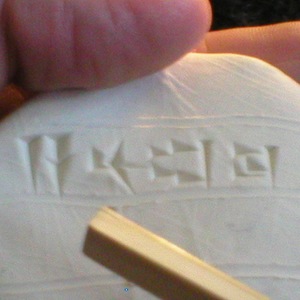Interliterary Allusion as Figure: a Core Bibliography
This is a "starter" set on interliterary allusion, defined as a figure akin to metaphor generated between two texts by the design of the alluding text. A good idea is to start with Ben-Porat, then work through the remaining set chronologically. There is much else out there on allusion, but I would say that this core bibliography serves as excellent preparation even to works that precede Ben-Porat.
Ben-Porat, Ziva. "The Poetics of Literary Allusion." PTL: A Journal for Descriptive Poetics and Theory of Literature 1 (1976):105-128.
Conte, Gian Biagio, and Charles Segal. The Rhetoric of Imitation: Genre and Poetic Memory in Virgil and Other Latin Poets Cornell Studies in Classical Philology; V. 44. Ithaca: Cornell University Press, 1986 [original 1974].
Garner, Richard. From Homer to Tragedy: The Art of Allusion in Greek Poetry. London; New York: Routledge, 1990.
Johnson, Anthony L. "Allusion in Poetry." PTL: A Journal for Descriptive Poetics and Theory of Literature 1 (1976):579-587.
Kronfeld, Chana. "Allusion: An Israeli Perspective." Prooftexts 5 (1985):137-163.
Perri, Carmela. "On Alluding." Poetics 7 (1978):289-307.
Sommer, Benjamin D. A Prophet Reads Scripture: Allusion in Isaiah 40-66. Stanford, Calif.: Stanford University Press, 1998.
[Interliterary Allusion as Figure: a Core Bibliography was written by G. Brooke Lester for Anumma.com and was originally posted on 2012/11/19. Except as noted, it is © 2012 G. Brooke Lester and licensed for re-use only under CC BY-NC-ND 3.0.]

